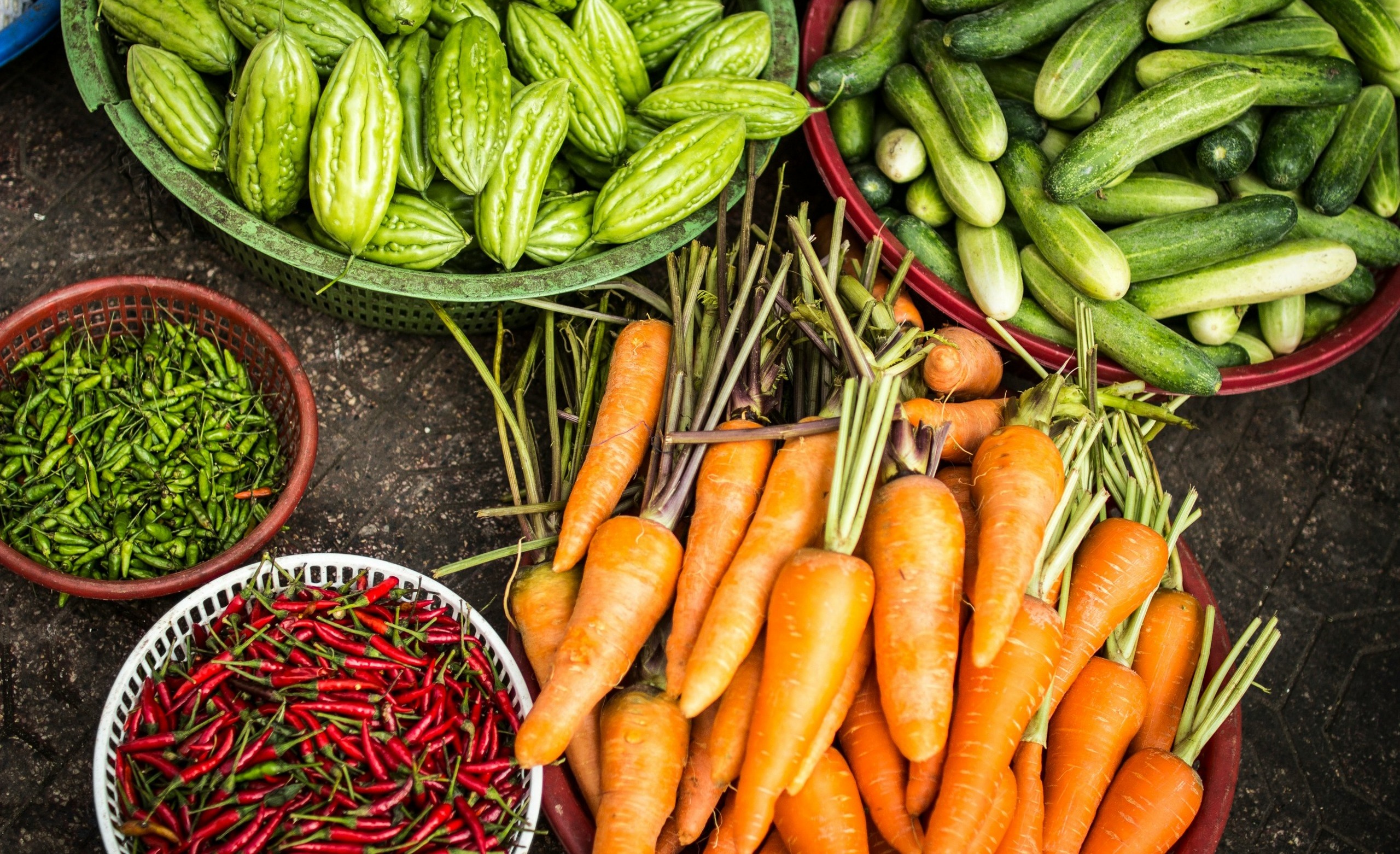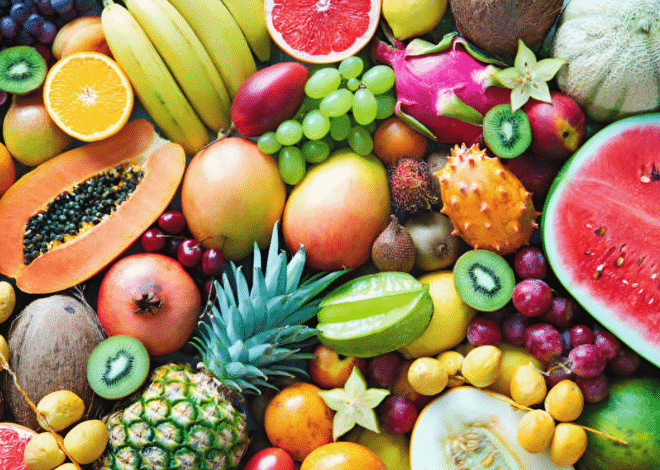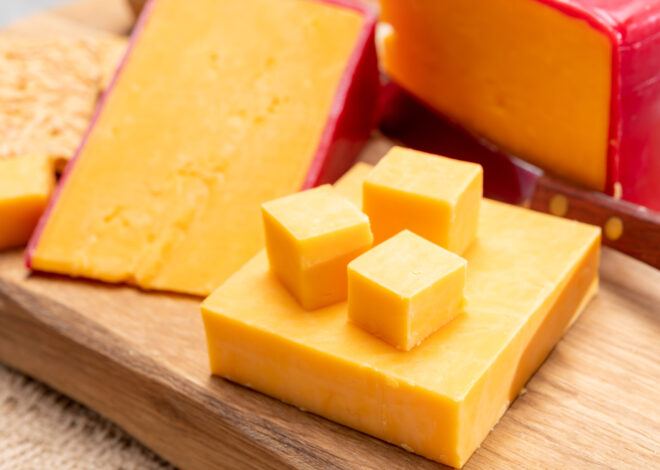
How To Preserve Vegetables
Welcome to our step-by-step guide on how to preserve vegetables. Preserving vegetables is a skill that has been passed down through generations, transforming fresh produce into long-lasting culinary delights. Whether you’re looking to enjoy the flavors of summer during the cold winter months or simply want to take control of your pantry, learning how to preserve vegetables can be incredibly rewarding.
Not only does it allow you to savor seasonal tastes year-round, but it also promotes sustainability and reduces waste in your kitchen. Imagine opening a jar of homemade pickles or tossing frozen green beans into a stir-fry on a chilly evening. Those moments are more than just convenient; they embody the essence of home cooking and resourcefulness.
With various methods available—from canning and freezing to dehydrating—there’s something for everyone regardless of experience level. Ready to dive into the world of vegetable preservation? Let’s explore the different techniques that will help elevate your cooking while keeping those vibrant veggies at their best!
Methods of Preservation:
Each preservation method has its strengths. Choosing the right one depends on your preferences and how you plan to use the preserved vegetables throughout the year. Explore these options to find what suits your lifestyle best!
A. Canning
Canning is a popular method for preserving vegetables that can extend their shelf life significantly. This process involves sealing food in airtight containers to prevent spoilage.
Before starting, gather fresh vegetables and the necessary equipment: jars, lids, and a pressure cooker or boiling water bath. It’s essential to select high-quality produce for the best results.
The first step is preparing your vegetables by washing and cutting them. Next, pack them tightly into sterilized jars while leaving enough headspace. Adding salt or spices can enhance flavor.
Once filled, seal the jars with lids and begin processing in your chosen method—either through pressure canning for low-acid foods or water bath canning for high-acid varieties like tomatoes.
After processing, let the jars cool completely before checking seals. Properly canned vegetables offer convenience along with rich flavors throughout the year!
B. Freezing
Freezing vegetables is one of the simplest and most effective methods for preservation. It locks in flavors, colors, and nutrients, making it a popular choice among home cooks.
Before you freeze your veggies, it’s essential to blanch them briefly in boiling water. This process helps stop enzyme action that can cause loss of flavor and texture over time.
After blanching, cool them quickly in ice water. Once they’re chilled, drain well and pack into airtight containers or freezer bags. Removing as much air as possible prevents freezer burn.
Label each bag with the date so you can keep track of freshness. Most vegetables maintain their quality for six months to a year when frozen properly.
When you’re ready to use them, there’s no need to thaw beforehand—just toss your frozen veggies straight into soups or stir-fries!
C. Dehydrating
Dehydrating vegetables is a fantastic way to preserve their flavor and nutrients while reducing moisture content. This method involves removing water from the veggies, making them lightweight and shelf-stable.
You can dehydrate various vegetables like tomatoes, bell peppers, or zucchini. The process is simple; all you need is a dehydrator or even an oven set at low temperatures. Just slice your veggies evenly for consistent drying.
After dehydration, store them in airtight containers away from light and heat. They can last for months or even years! When you’re ready to use them, just soak or cook them in water to rehydrate.
This technique retains essential vitamins and minerals while creating unique textures perfect for soups, stews, and snacks. Dehydrated vegetables are versatile additions that enhance many dishes with concentrated flavors without sacrificing nutrition.
Benefits of Preserving Vegetables:
Preserving vegetables offers a wealth of benefits that go beyond just saving them for later use. Each bite tells the story of your hard work and dedication to quality nutrition!
A. Saves Money
Preserving vegetables is a smart way to save money. When you buy seasonal produce in bulk, you can often find great deals. By preserving them, you’re locking in those savings for later use.
Fresh vegetables can be pricey out of season. Canning or freezing your harvest helps you avoid paying premium prices during the off-months. Imagine enjoying homegrown tomatoes in winter without breaking the bank.
Additionally, when you make use of leftovers or surplus from your garden, there’s no need to toss out what may go bad. Instead of letting food waste accumulate and cost you more at the grocery store, preservation allows for extended shelf life.
In essence, investing time into vegetable preservation pays off financially over time—keeping both your pantry stocked and wallet happy while reducing unnecessary spending on store-bought options!
B. Reduces Food Waste
Reducing food waste is a crucial benefit of preserving vegetables. Many families toss out excess produce that goes bad too quickly. By learning how to preserve vegetables, you can extend their shelf life significantly.
When you save those surplus peppers or zucchini through canning or freezing, you’re preventing them from ending up in the trash. Every jar of canned tomatoes represents a meal saved and enjoyed later.
Preserving allows you to use every part of your harvest. Even slightly imperfect veggies can be transformed into delicious sauces or pickles instead of being discarded.
Moreover, this practice encourages mindful consumption. You’ll start thinking creatively about how to utilize what’s available rather than letting it spoil unnoticed in the back of your fridge. Embracing preservation is not just beneficial for your wallet; it’s an impactful step toward sustainability and reducing environmental footprints as well.
C. Provides Nutritious Options Year-Round
Preserving vegetables opens up a world of nutritious options throughout the entire year. Imagine savoring the vibrant flavors of summer tomatoes in the middle of winter or enjoying crisp green beans long after their harvest.
When you preserve veggies, you lock in essential vitamins and minerals. This means you can enjoy the health benefits without worrying about seasonal restrictions.
Whether it’s canned, frozen, or dehydrated, preserved vegetables maintain their nutritional value remarkably well. You have access to high-quality produce that supports your wellbeing no matter what month it is.
Incorporating these preserved foods into your meals makes healthy eating easier too. Stocking your pantry with jarred pickles or bags of frozen spinach ensures you’re always prepared for quick and delicious meal solutions.
Tips for Successful Vegetable Preservation
Start with fresh, high-quality vegetables. The fresher they are, the better your preservation efforts will be. Always wash and prep your produce before preserving. This removes dirt and potential contaminants. Use airtight containers or bags for freezing to prevent freezer burn.
Expel as much air as possible from packaging. Label everything clearly with dates. You’ll avoid confusion about what’s in the container and how long it has been stored. Maintain proper temperatures during storage. Canning should be done at specific pressure levels while freezing requires consistent cold.
Test your methods first if you’re new to preservation techniques. A small batch can help refine your approach without wasting larger quantities of food. Keep a detailed journal of what works best for you over time; this knowledge is invaluable for future projects!
Popular Vegetables to Preserve
When it comes to preserving vegetables, some varieties shine brighter than others. Tomatoes are a top choice, perfect for canning or making sauces. Their natural acidity makes them safe and flavorful when stored. Next up is zucchini. This versatile vegetable can be frozen or dehydrated with ease.
It retains its taste and texture remarkably well, even after preservation. Peppers also deserve a mention; they freeze beautifully and add vibrant colors to your dishes year-round. From sweet bell peppers to spicy jalapeños, the options are endless.
Carrots offer great nutritional value and keep their crunch when preserved correctly. They’re excellent in stews or simply enjoyed as snacks. Green beans maintain their fresh flavor through freezing methods. Whether blanched or raw before storage, they make great additions to various meals any time of year.
Recipes Using Preserved Vegetables
Preserved vegetables can elevate a variety of dishes. Imagine adding tangy pickled cucumbers to your favorite sandwich for an extra crunch. Try tossing preserved bell peppers into pasta for a burst of flavor that brightens up any meal. Their sweetness pairs beautifully with garlic and olive oil.
Another idea is using dehydrated tomatoes in soups or stews. They rehydrate while cooking, infusing the dish with rich taste. You might also whip up a hearty vegetable stir-fry using frozen green beans and carrots. Quick to prepare, they maintain their vibrant colors and nutrients.
For breakfast lovers, add canned spinach to your omelet for a nutritious start to the day. It’s easy and delicious! Experimenting with these recipes will not only delight your palate but also make full use of your preservation efforts.
Conclusion: Preserving Your Own Vegetables
Preserving your own vegetables offers a rewarding experience that goes beyond simply extending shelf life. It connects you to the cycles of nature and nurtures a sense of accomplishment. Whether you choose canning, freezing, or dehydrating, each method has its unique benefits and charm.
By preserving fresh produce, you’re not only saving money but also minimizing food waste—something that is increasingly important in today’s world. Plus, having an array of preserved vegetables on hand means you can enjoy nutritious options regardless of the season.
So gather those garden-fresh veggies or visit your local farmer’s market. Experiment with different preservation methods and discover what works best for you. The joy of enjoying homemade pickles in winter or adding vibrant frozen greens to soups will make all the effort worthwhile.
Embracing vegetable preservation allows you to savor flavors year-round while contributing positively to both your health and the environment. Dive into this fulfilling hobby; it just might become one of your favorite kitchen adventures!



